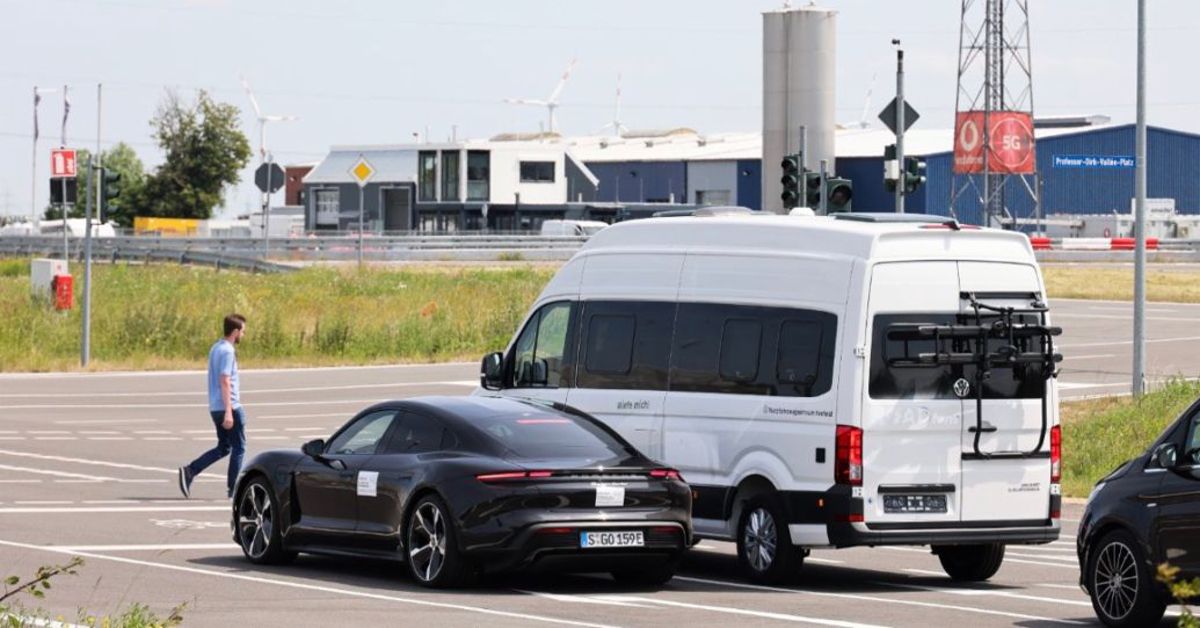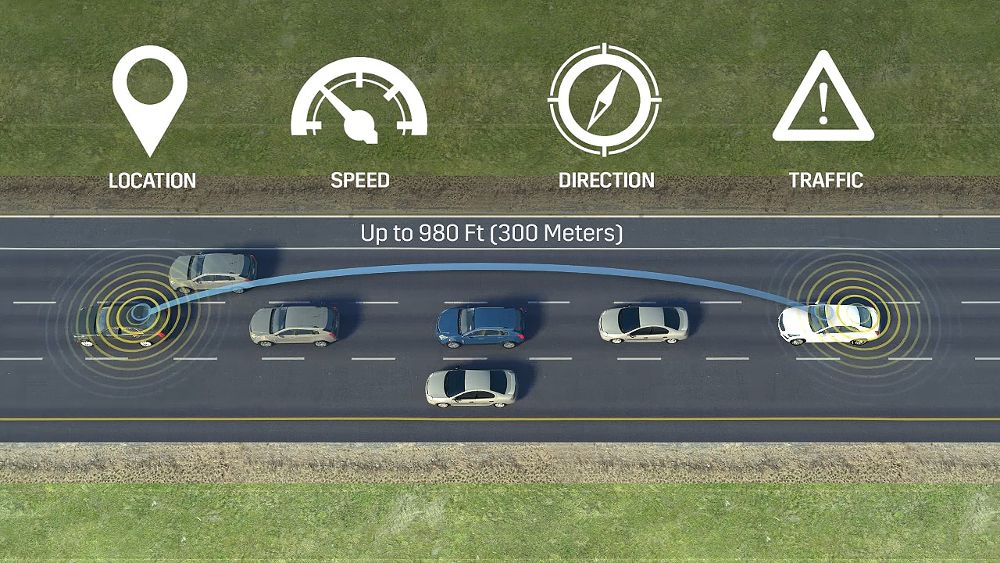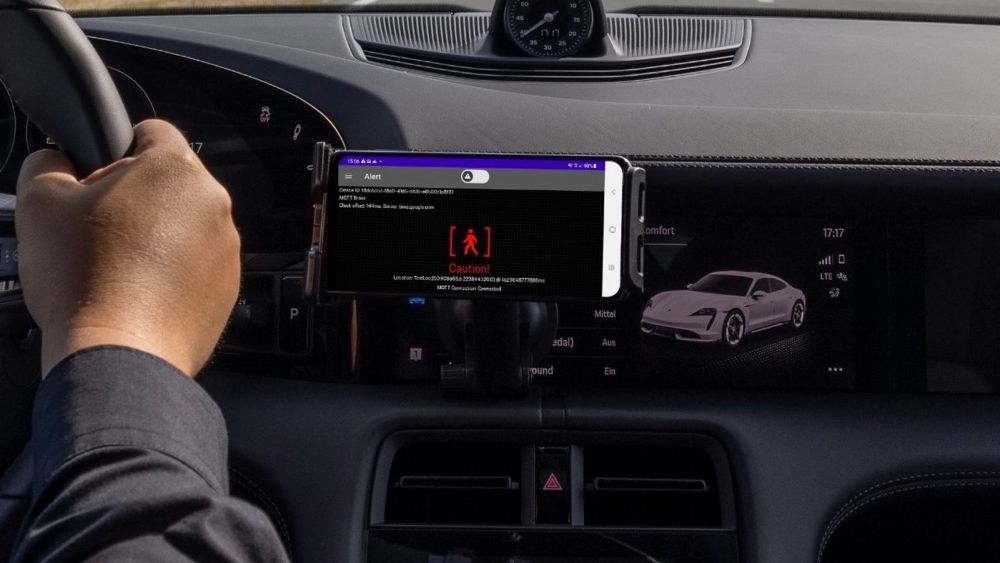The modern connected car allows manufacturers, such as Porsche, to offer consumers amazing features that in many ways, rival home infotainment and security systems. While some of them offer convenience, such as the ability to automatically pay for fuel or parking, others, like lane-assist and blind-spot alert, drastically improve passenger safety.
Nevertheless, there are many challenges to the rollout of these technologies. One of the most critical being the latency rate – the delay between the sending and receiving information. Prevailing 4G technology, with a latency of about 200 milliseconds just doesn’t meet the real-time requirements of safe motoring.
The fifth-generation (5G) of cellular technology addresses all of 4G’s shortcomings. Not only does it offer lightning-fast connectivity, with a latency of only 1 millisecond (1ms), but also facilitates the rapid transfer of massive amounts of data.
Based on the rollout of 5G over the next two to three years, the 5G Automotive Association (5GAA) expects to see mass deployment of vehicle-to-everything (V2X) use cases geared towards improving traffic efficiency and road safety around the world.
Between now and 2024, ‘connected’ digital road infrastructure will pave the way for real-time or dynamic traffic updates, hazard warnings, and high-definition mapping services. Towards 2026, advanced vehicle-to-vehicle (V2V) cooperation will further boost automated driving developments, including sharing sensor data and cooperative maneuvering.
Sharing this vision, HERE Technologies, Vodafone and Porsche are conducting a feasibility study into how 5G technology and exact location determination can improve road safety and reduce traffic accidents in the future.
This Is How Porsche Uses 5G Tech To Enable Real-Time Safety Systems
One of the greatest features of ‘smart’ safety systems is that, by fusing information generated by sensors such as Lidar, Millimeter Wave (mmWave) radar and cameras, with 3D High Definition mapping and vehicle positioning, drivers can be pre-warned about hazardous situations that they can’t see. These situations are typically encountered when visibility is poor, or in traffic when the driver’s view is blocked by the vehicles ahead.
At the Vodafone 5G Mobility Lab in Aldenhoven, the study’s partners are testing a real-time warning system under everyday real-world conditions.
During the study, data captured by the sensor systems is processed, using artificial intelligence to precisely position the vehicle in its surroundings using high-definition mapping and positioning technology. The data is processed and evaluated directly on the roadside, at the edge of the network, through Multi-access Edge Computing (MEC).
After processing the data any hazard warnings can be transmitted to road users traveling towards the hazard, by way of dedicated alerts. Using 5G and an intelligent MQTT message broker this can be done seamlessly and in real-time with extremely low latency.
Unlike many other connected safety solutions, where data processing takes place in centralized cloud computing centers, with Multi-access Edge Computing the computing power is moved closer to the vehicle. This reduces processing time, thereby allowing for data to be exchanged in real-time.
Using 5G mobile network technology, there is also no delay when it comes to actual data transmission.
This means that hazard warnings are delivered to the road user in real-time with a latency of less than ten milliseconds. The rapid response of the system also opens up the possibility for data that is typically managed onboard to be processed externally in the future.
This Is How Porsche’s Warning Systems Will Make Roads Safer
With more than 1.2 million global road fatalities every year, an automated system that lets cars warn each other about hazards in real-time could be a significant step forward in the battle to save lives.
For instance: A common cause of accidents is when drivers encounter unexpected tailbacks, accidents or spilled loads, which force them to brake suddenly. Very often the following driver – possibly out of sight – is given no advance warning resulting in an emergency maneuver that far too frequently ends in an accident. This could also apply to everything from freak hailstorms, to sudden flooding, or even landslides.
With the system currently being evaluated in the study, a warning would be triggered by the lead car from the data captured by the sensor systems - or in the future, possibly by the deployment of an airbag in the vehicle about to create the hazard. Additional information could also be sourced from public-authority incident databases and traffic reports to provide drivers with further advance warnings.
Because the data is processed and evaluated at the edge of the network and then transmitted using 5G, the following traffic can be warned of the hazard in real-time, thereby extending the critical window for taking evasive action. Hazards are only displayed – via the dashboard display – if the incident is likely to impact the driver’s journey.
While autonomous and automated safety systems are not new, Porsche’s approach of using 5G and edge computing tech to develop real-time warning systems is an important step in reducing accidents caused by unseen and unexpected hazards.



